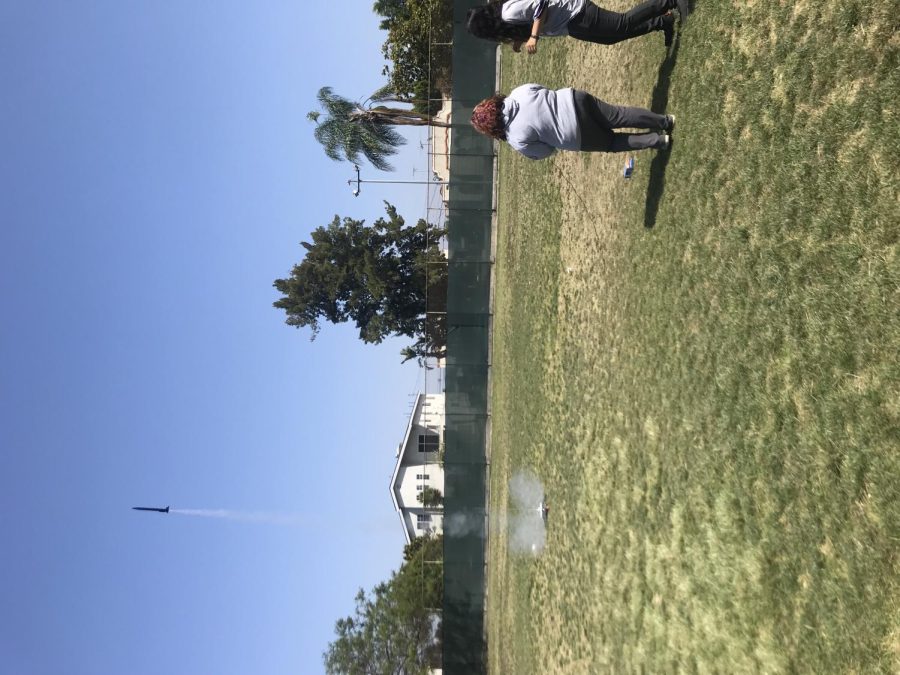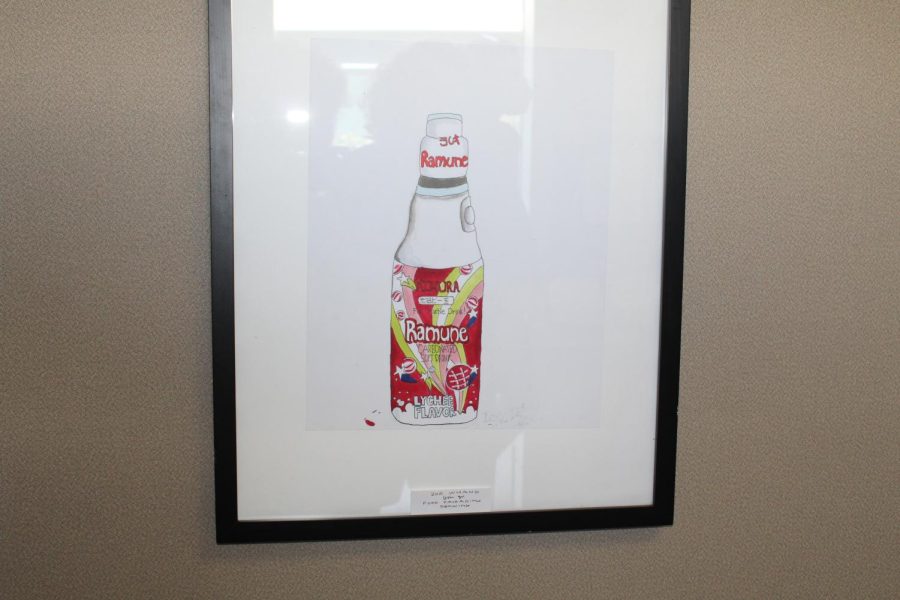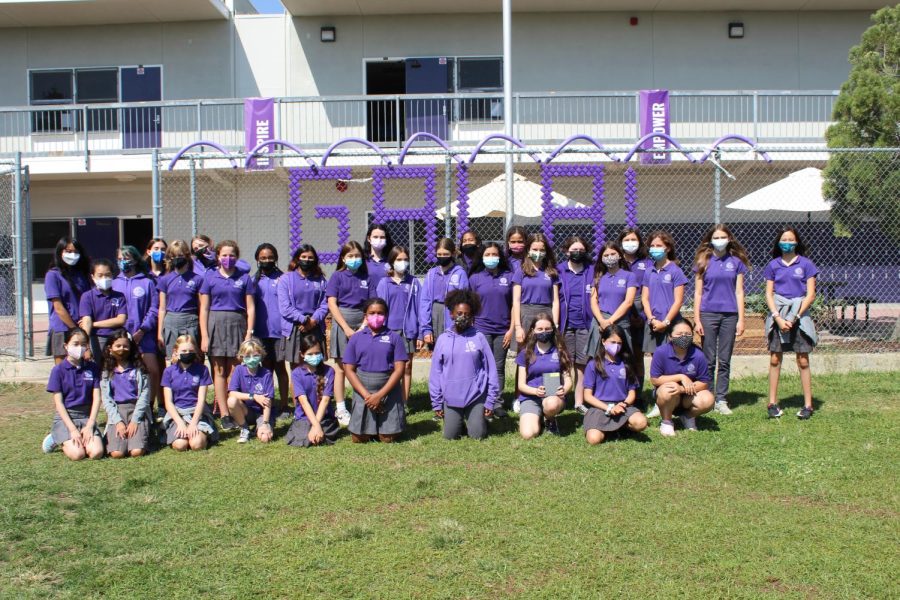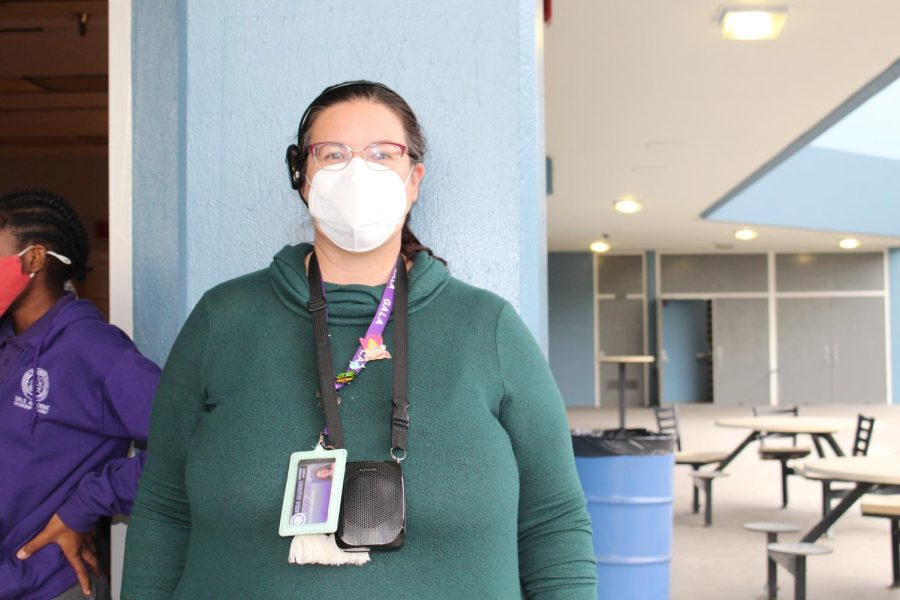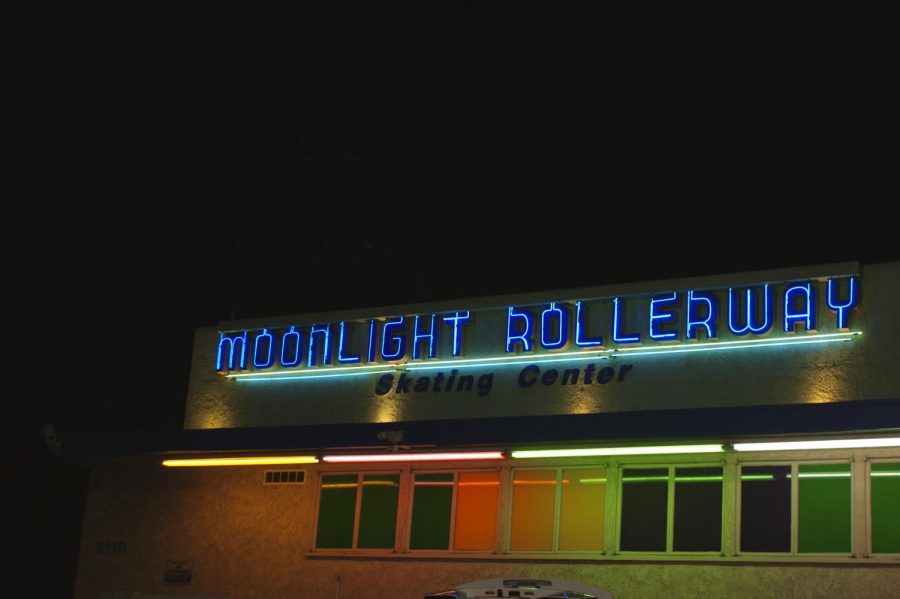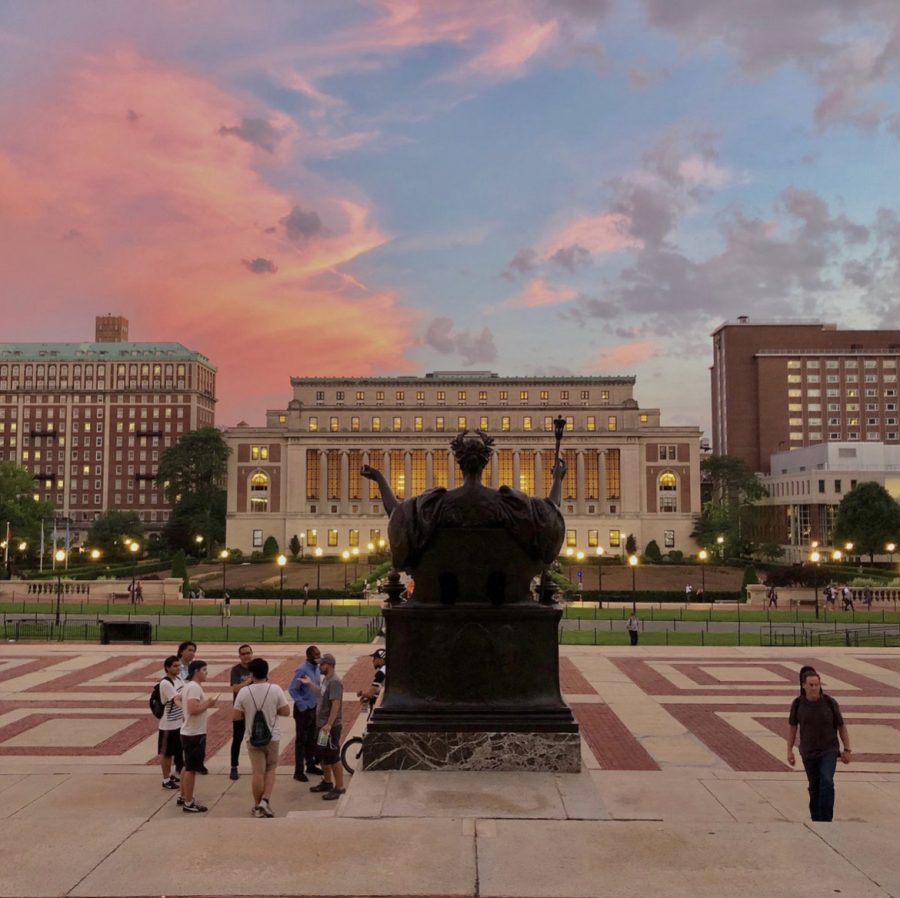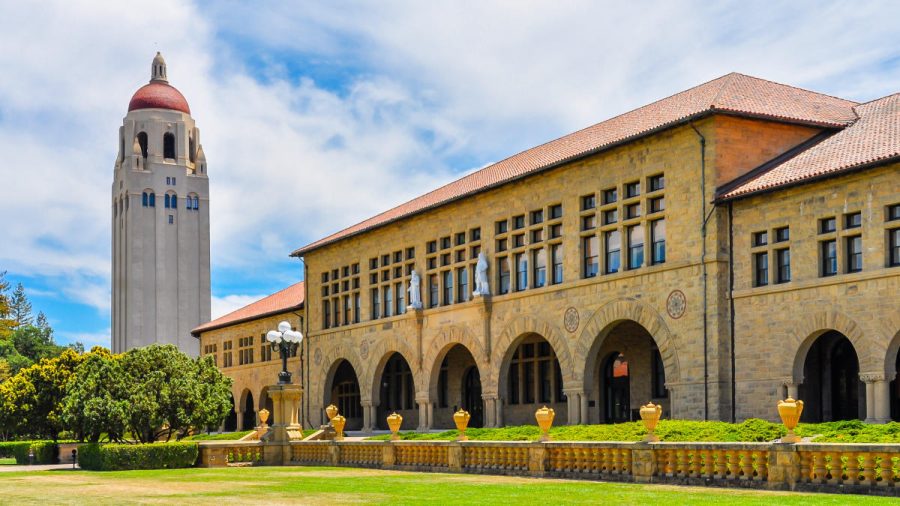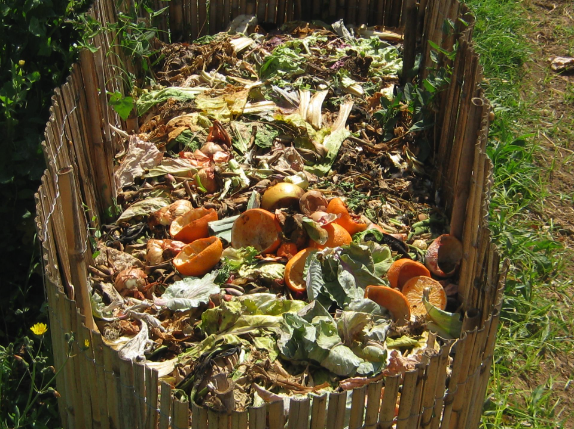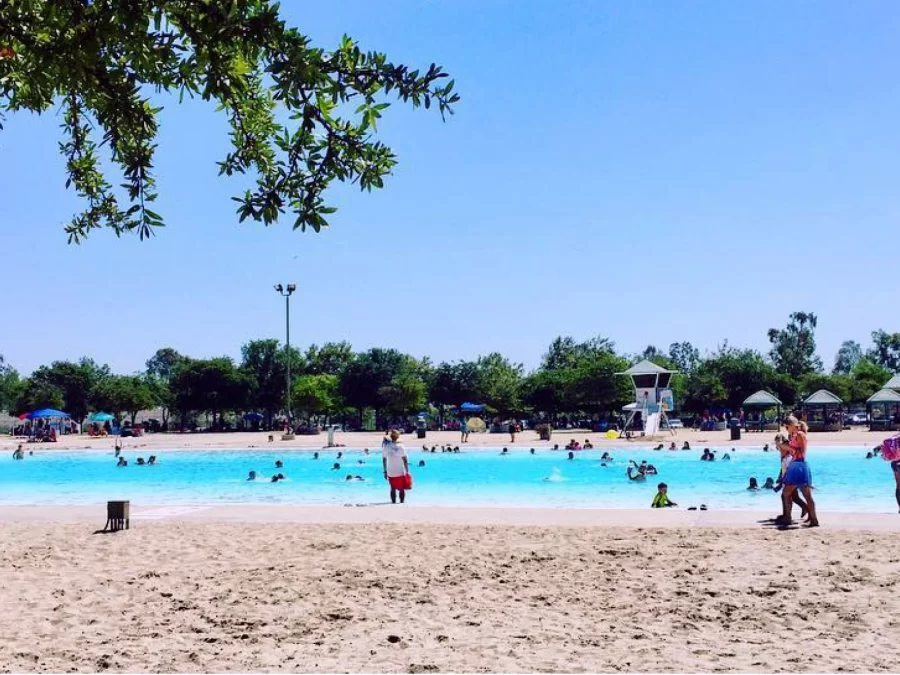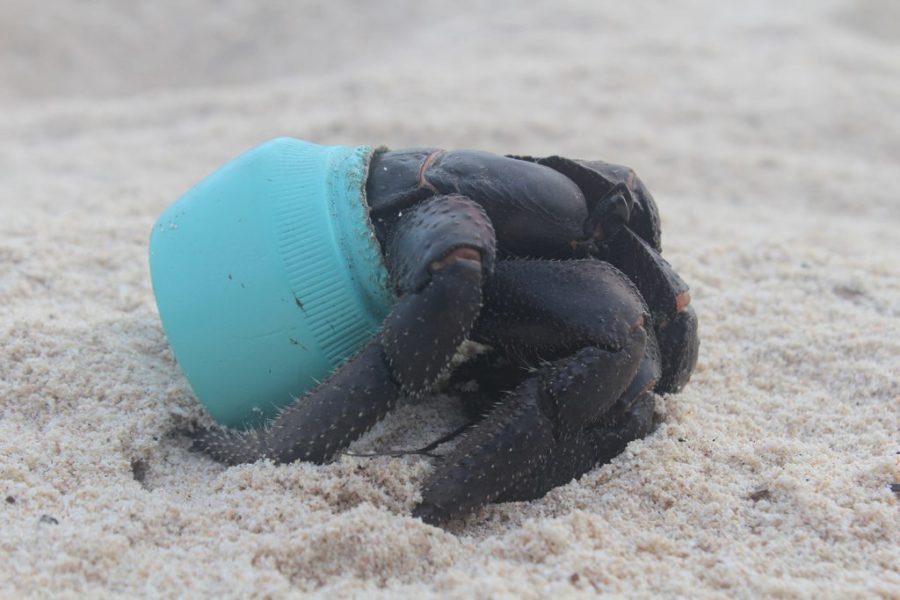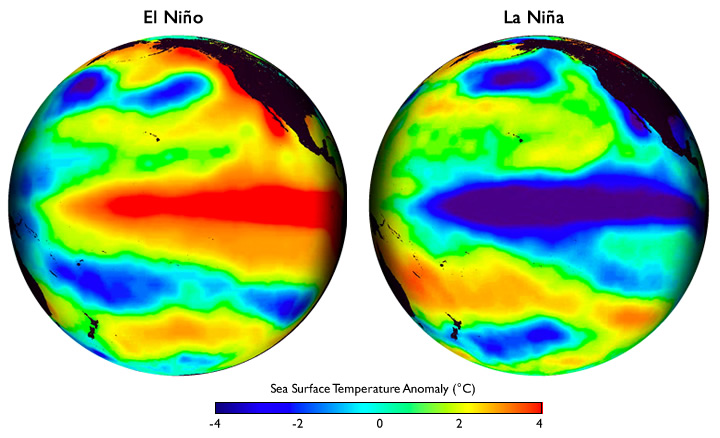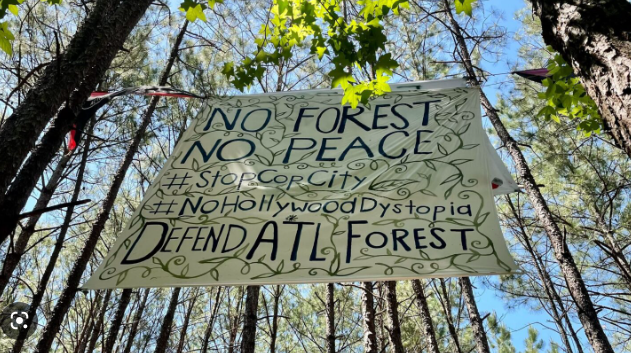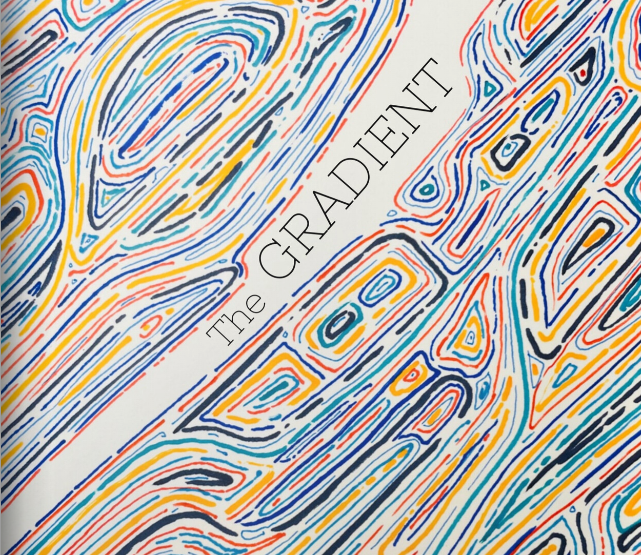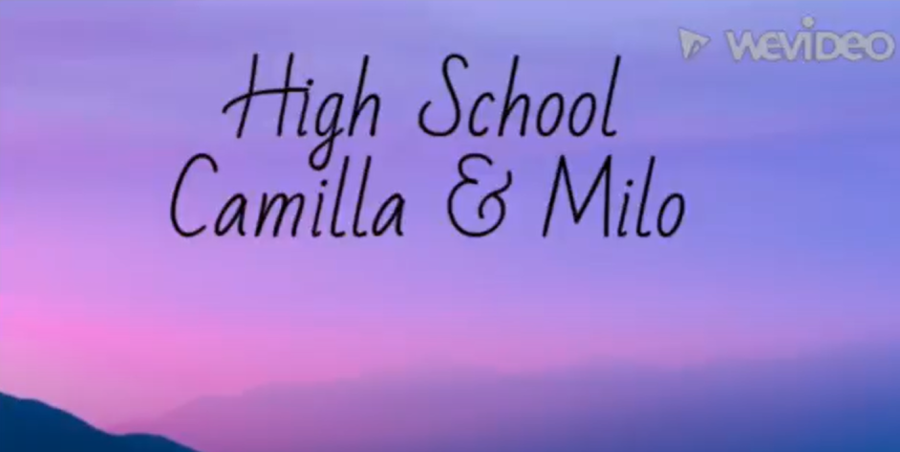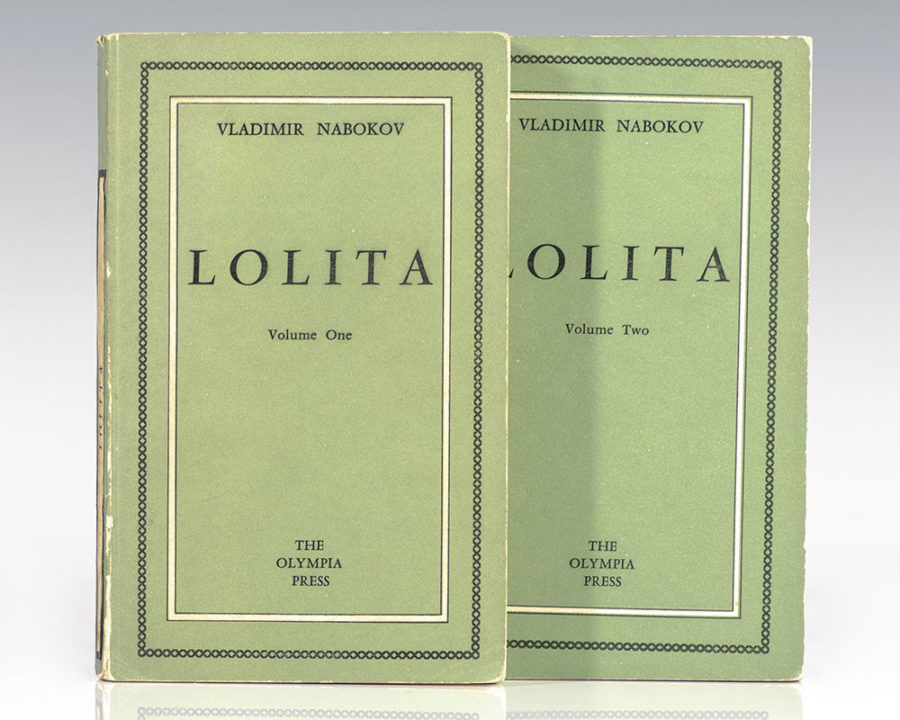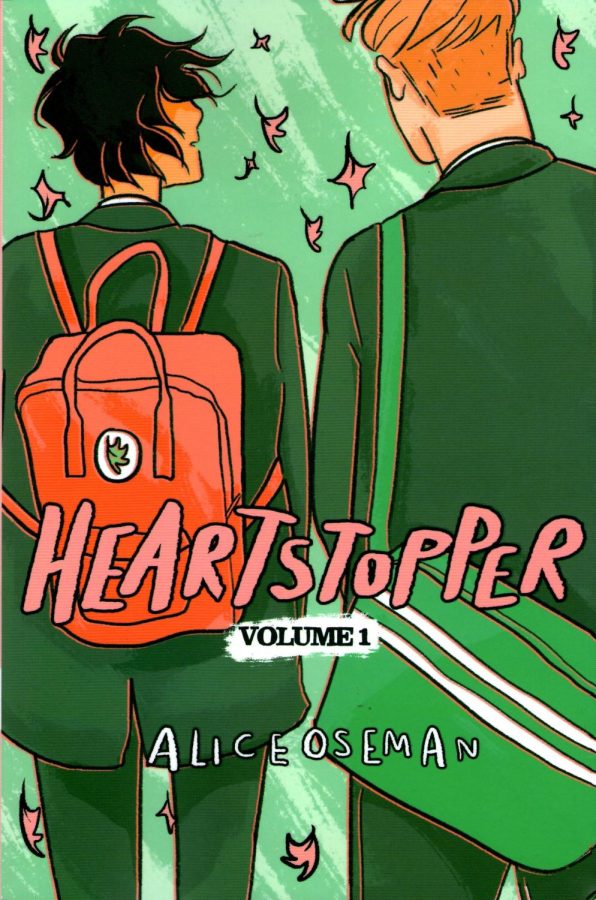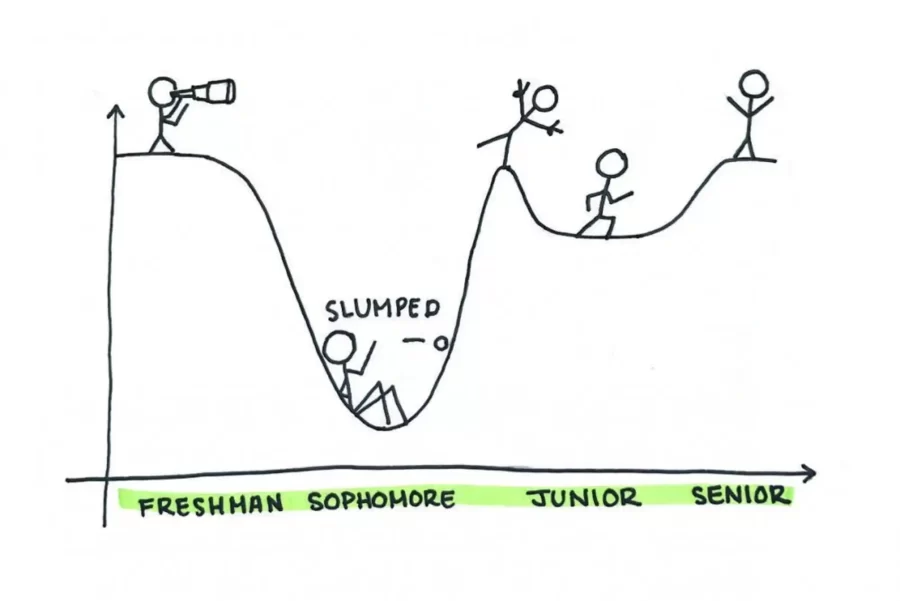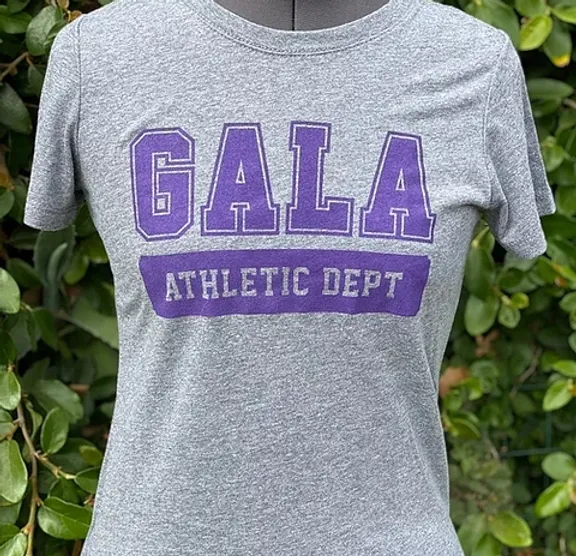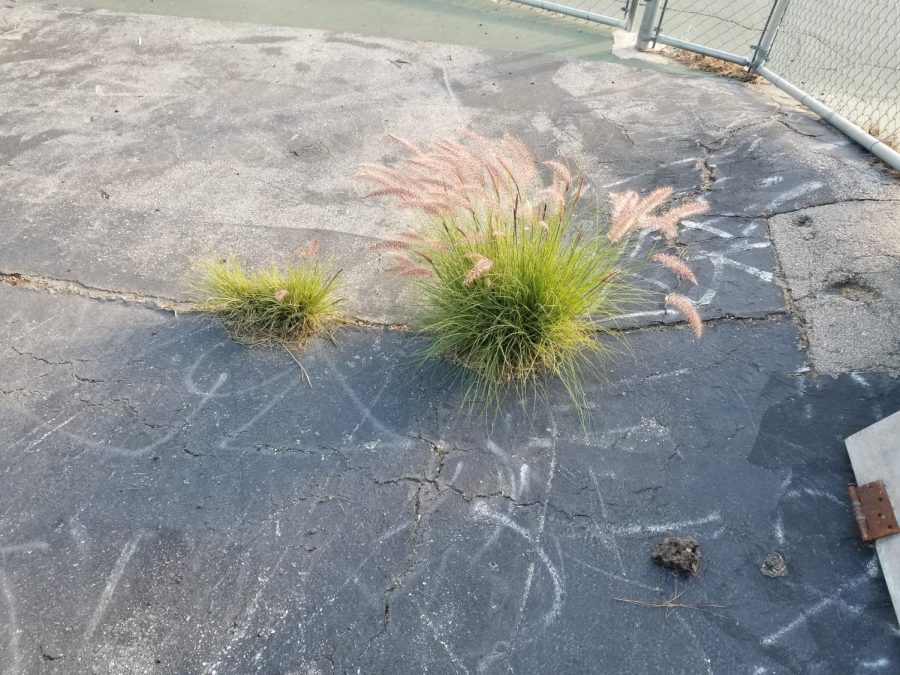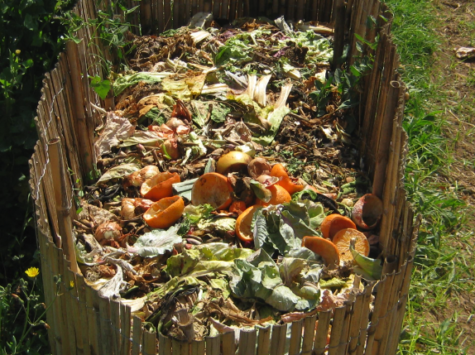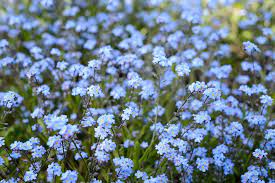Pennisetum Setaceum: It’s in the Wrong Placeum
Fountain grass sprouting through the pavement out side of the LA High tennis courts.
Pennisetum Setaceum is considered an invasive plant in some ecosystems. What are invasive species? Invasive animals and plants are nonnative species that cause harm to the ecosystem they are in. Cal-IPC’s definition of an invasive plant is “plants that are not native to an environment, and once introduced, they establish, quickly reproduce and spread, and cause harm to the environment, economy, or human health.” Pennisetum setaceum has been a problem in Hawaii, but is becoming destructive in California as well.
Pennisetum Setaceum, commonly known as African fountain grass, is a fluffy, long, wobbly, and reed-like plant. Walking through Los Angeles, these plants are scattered everywhere. Some are planted neatly in front of businesses, but quite a few are sprouting through sidewalks as well.
Fountain Grass is native to Northern Africa and is an ornamental plant that is invasive outside of Northern Africa. According to UC Riverside’s Center for Invasive Species Research, “Early herbarium records in California show introduction of fountain grass to the Los Angeles area sometime before 1917. It now occurs in 11 counties in California.” While fountain grass may look nice and can be a fun distraction for kids and adults alike to play with, the seeds are easily dispersed by animals, wind, and passing vehicles.
Pennisetum Setaceum is also drought tolerant. This means in places like Southern California fountain grass can thrive. The California Native Plant Society says because of its shallow roots and the loss of native plants to “stabilize slopes,” there may also be an increase in mudslides. Another instance of fountain grass harming the environment is the impact it has on fire cycles. UC Riverside says, “In Hawaii it has been shown that fountain grass alters fire cycles and microhabitats.” Since fountain grass is pretty dry and extremely flammable, during fire season it may increase the number of wildfires in California. Fountain grass is typically able to bounce back from a fire quicker than native plants, which furthers the loss of biodiversity.
Not only does fountain grass have the potential to change the way we experience natural disasters like fires, it also doesn’t have any known predators or diseases it’s susceptible to. Without any natural pests, fountain grass has a higher chance of survival and displaces native species that are crucial to the ecosystem. Native plants provide the right food source for many animals, are great for local pollinators, and can also help combat climate change by needing fewer resources to upkeep. With the loss of native plants, we lose biodiversity.
Alternatives to fountain grass are native leafy reedgrass (Calamagrostis Foliosa) and purple needlegrass (Stipa Pulchra), which is California’s state grass. Plant consciously!
https://biodiversityla.org/species/nonnative/fountain-grass/
https://mauiinvasive.org/fountain-grass/
https://www.cal-ipc.org/plants/profile/pennisetum-setaceum-profile/
https://dlnr.hawaii.gov/hisc/info/invasive-species-profiles/fountain-grass/
https://www.cnps.org/life-with-plants/why-the-fountain-grass-must-go-3105

Miranda S. is a junior at Girls Academic Leadership Academy. It is her second year working in the journalism elective and she is currently a staff writer...





